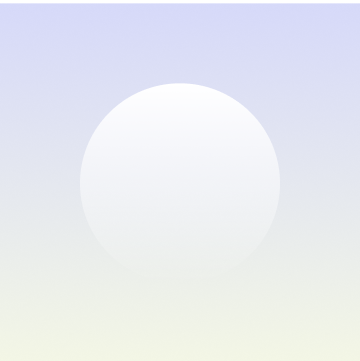The Parts of a Hide
- Connor Rademaker

- Jul 7
- 3 min read
Updated: Jul 22

Leather is a natural material; Unlike a roll of woven fabric, a hide of leather is not the same throughout.
Just like a good cook, a good craftsman knows that each individual part of the animal has different properties and best uses. A thin flank steak and a thick rib-eye should not be treated the same, and neither should leather from the bend and the neck of the hide.
You can make just about any project from any area of the hide, but if you use the wrong part, that item will not last as long or serve as well as it might have done had a bit more care been taken with the initial material selection.

Nowhere is this more noticeable than on belts and straps. These items should only ever be made from the spine of the hide.
This area will stretch and warp much less than any other. A belt taken from anywhere else will seem fine for a few weeks but will quickly turn into a wet noodle several inches larger than you ordered it. A belt taken from the spine will be around for many, many years if you take good care of it.
This means that if a company only makes belts, no matter how expensive their leather might be, unless they are throwing out 75% of their material, they will be using inferior, stretchy material for most of their products. A good craftsman will offer a wide variety of products to take advantage of the diverse properties of the whole hide.

The belly is as far from the spine as it is possible to be, both in its location, and in its qualities. The belly is very stretchy and comparatively soft. It is best used for small goods which do not need to be strong, and it is very good for tightly wrapping objects.
The belly is good for light duty projects like desktop pencil cups. I also use the belly for areas which will not often be seen, like the underside of coasters or the backside of signs.
Unfortunately much of the belly ends up being waste. This area is also the least consistent in thickness and is prone to having holes, creases, and other flaws, but there is lots of good material in there if it carefully selected for the right purpose.

The bend describes the leather between the spine and the belly. It is tough and stretch resistant, but not quite much as the spine. It is soft enough to be sculpted into complex shapes when wet, yet hard enough to hold those shapes well when dry. I use this area for my trays and protective cases. A very useful property of this area is that it is the largest area with the same qualities throughout. This means it is ideal for larger projects like desk pads, ring binders, and other large writing folios.
The bend is also often used for projects which leave the back side of the leather exposed because this area has the nicest looking back, or "flesh" side.

The shoulder is a bit softer and stretchier than the bend, and not quite as large. While any area of the hide can be stamped and engraved, the shoulder is the most ideal. If there is not some other special consideration, this is my first choice for those jobs.
There are a few things it is not strong enough for, and a few things it doesn't have quite enough stretch for, but the shoulder is a very good middle-ground for a wide variety of projects.

The neck is probably the hardest bit to put to good use. It has all the worst qualities of the belly, and its quite small. I use it for the unseen backside of some object like coasters, and I sometimes use it as an internal filler material between two layers of nicer leather. Shell, most famously from shell cordovan, describes the choicest part of the bend, about the size of a basketball, and is used for high quality small goods, but the word shell, and especially shell cordovan, specifically implies we are talking about horse leather, so I do not describe anything I do as shell.
Double Bend, Double Shoulder, Sides, and Butts? These are all terms used to buy leather as a raw material, and each contain portions of several of the smaller sub-areas we have discussed above.

Product Title
16 px collapsible text is perfect for longer content like paragraphs and descriptions. It’s a great way to give people more information while keeping your layout clean. Link your text to anything, including an external website or a different page. You can set your text box to expand and collapse when people click, so they can read more or less info.
$320

Product Title
16 px collapsible text is perfect for longer content like paragraphs and descriptions. It’s a great way to give people more information while keeping your layout clean. Link your text to anything, including an external website or a different page. You can set your text box to expand and collapse when people click, so they can read more or less info.
$900

Product Title
16 px collapsible text is perfect for longer content like paragraphs and descriptions. It’s a great way to give people more information while keeping your layout clean. Link your text to anything, including an external website or a different page. You can set your text box to expand and collapse when people click, so they can read more or less info.
$560




Comments